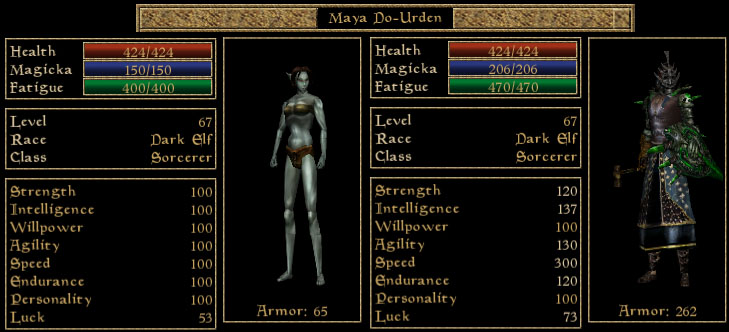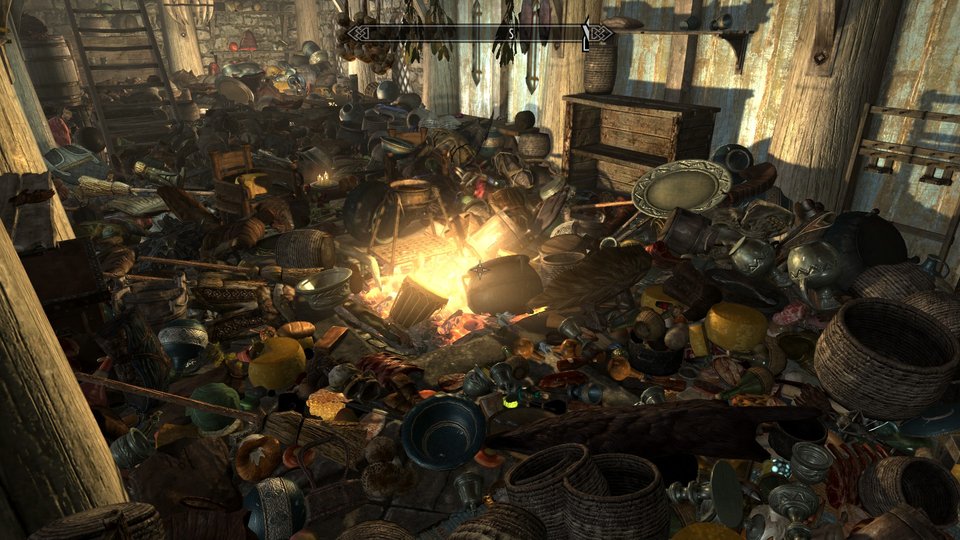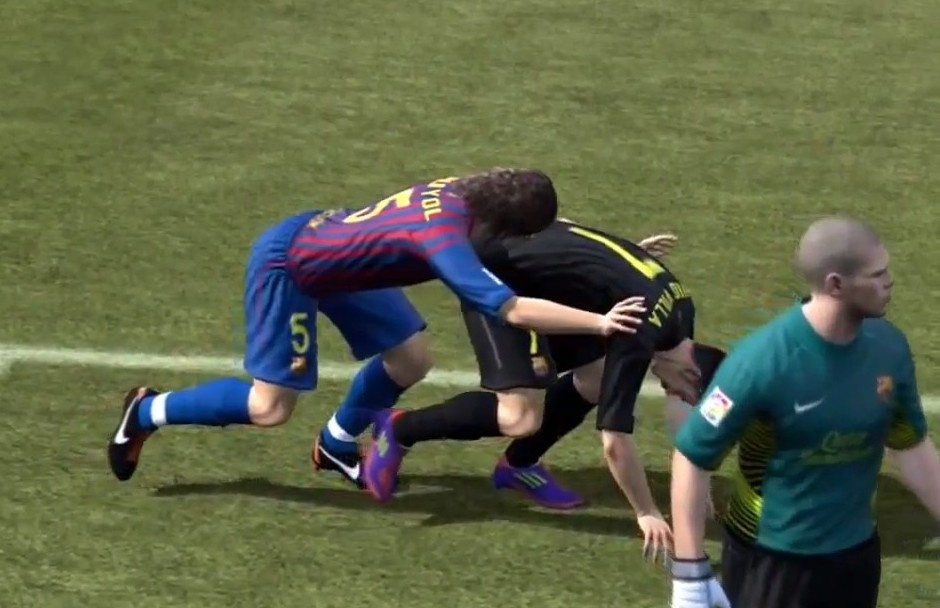I am a lifelong gamer. I have been interested in video games since I was 5 years old and I have been following and playing video games on all systems for the last twenty years. My favorite genre of game, in all that time has been role-playing and adventure games. These games allow a player to assume the role of a hero or important figure who then spends a long time growing and affecting the world in the game. In the last decade or so, this genre of gaming has seen many changes. One of the biggest changes to role playing games is the world in which they take place.
Role playing games used to be limited in that a character or player had to follow specific paths with little exploration. Eventually, there was always a point you had to get to. Nowadays, that is not the case. Nowadays, role playing games take place in wide open worlds where the player character does not have to follow a specific path, at least for much of the game. These games take place in a sandbox, or an open world. There are few restrictions on how the player can tackle the game (and in what order) which creates relatively unique experiences between one person and the next. Many genres of games are adopting this format. The most popular games with this framework are game series like Fallout or The Elder Scrolls as well as action game series like Grant Theft Auto or the newly released game Watch Dogs.
Starting with the critical and financial success of Grand Theft Auto: III from 2001, open world games became hugely popular. With the increased processing and graphical powers of next gen systems, games could feature large worlds with many activities. The player could drive a lot of cars or explore worlds that stretched for miles. The draw of this was appealing and I can personally recall countless hours enjoyed with Morrowind or GTA III where I could do whatever I wanted. Whether that involved running around in various stolen cars, going on strange, virtual shooting sprees with a rocket launcher with infinite ammunition or whether it involved spending an extra couple hours to bring my blacksmith skills up, it didn’t matter. I enjoyed these options. As a younger gamer, and one who understood the technical and practical limitations of the systems and the game making world at the time, I didn’t care how unpolished certain aspects were. It didn’t matter that these games were buggy or that the mini-games were not polished. They were fun and that’s all that mattered.
What I didn’t know at the time was that sandbox gaming would come to dominate the adventure and role-playing market. While I enjoyed these games, I saw limitations regarding the experience they provided and the cost they had in regards to other, important elements of role-playing and adventure games. I saw the lack of engaging storylines and the preponderance of bugs. I imagined that they would just become a part of this gaming landscape instead of being the reigning feature of it. What I learned over the years is that I’m in the minority. The sales figures and fan bases of such series as I demonstrated above agree that this is the way it should go.
There was a great, if limited, article published recently by Derrick Sanskrit for the AV Club and their video games sub page Gameological. In it, he reviews a game called Hohokum coming out for the PlayStation family. This vibrant, visually stunning game is an interesting take on sandbox gaming. It features a nearly non-existent story-line and gameplay not confined by a narrative structure. Hohokum looks fun to play and with its $15 price tag, is a low risk way to find a new type of game one might enjoy. The writer speaks about the freedom that this trend gives game makers, unbinding them from established narrative structures and the need to have games follow similar formulas. To that end, he is correct. I certainly understand getting tired of playing through the same “lowly hero saves the kingdom” story over and over. There is no counterargument to the fact that role-playing stories can and have gotten stale. The game he reviews is a great example of a piece of creativity untied from the common storytelling structures in movies, books and games.
The problem is that Mr. Sanskirt’s point is only one side of the discussion. There are distinct negatives with this style of gaming that have to be considered. I believe that sandbox games which follow typical narratives and storytelling structures suffer at the hands of teams interested only in selling points. They present boring story lines in both the main quest of the game as well as any of the 50 to 100 side quests. Skyrim is a great example here because it contains hundreds of sidequests that boil down to “go here, kill this, get that back.” The only things that change are their names and locations. Many aspects of the main story are not fleshed out and are similar to the stories from the previous games in the series. The developers (rightly) believed that the financial success of this game would come from the giant world where one could do anything, no matter how ridiculous (even if that desire was to collect hundreds of kitchen items in one house.)
Nowadays, the map size of a given game is a selling point, as if it mattered. A major point in Grand Theft Auto V’s marketing is a map that is about 2500 square miles; like real square miles. The game makers dedicate hardware resources to that size. There are artists getting paid to draw desert dunes and mountains that are doing nothing for the game. GTAV is a particularly impressive technical accomplishment, pulling every last drop of the Xbox 360 and Playstation 3’s capabilities. It really can take 15 minutes by car to get from one end of the map to the other in that game. As cool as that is…why? What is the point of pointless landscapes? The previous incarnation in that series was famous for a very nice representation of New York City but as the player couldn’t access 99% of the buildings, there was just a ton of wasted space. What is the point?
Don’t get me wrong. I am not calling GTAV a bad game. I played that as well as the Fallout games and Skyrim, which I enjoyed. There are great characters in the games and the player can drive fun cars or wield crazy swords or magics and such. I also know that the success of a game like Skyrim comes from its invested fan base that can mod the game and play it for hundreds of hours. That doesn’t change the main problem with these games. The pattern is always the same. After the scripted beginning bits of these games where the mood and universe has to be set, the player hits a middle point where the game is a sum of the same repetitive actions until later on in the story, when something bigger happens again. The player gets a sense, when they can wade through these middle parts in each game, that maybe GTAV was trying to do a bit too much. Maybe Skyrim needed to focus on making the world react to the player and focus on making combat more engaging than its current state, which is about as complicated and difficult as rock, paper, scissors or slash, cast and block.
Many elements of these games suffer at the expense of making the biggest, widest world possible. It is the same limitation as with every other product. There are limited resources and time. There is limited time as a developer to make a game and limited money. When they are focused on map sizes and mini games, the main game suffers. I don’t need my games to include other games. I need them to be good as that game. As I mentioned earlier, Skyrim is a great example. That game was lauded for its size, diversity and openness. The combat though, which is a huge aspect of a fantasy game if not the whole point, is garbage. It is the same right trigger hacking with your sword mechanics that the series has suffered from since the days of Morrowind 15 years ago. Where other RPGs have blown past this limitation, Skyrim and its ilk have been stuck in the same combat system. Sure, it is great fun the first time you kill a dragon with your longsword and fireballs in the first couple hours of that game. Try telling me it’s just as fun for the fifteenth dragon when the entire fight revolves around “run back and forth, side step, do the dragon shout, slash some more, and repeat.” This kind of trend reflects a lack of polish, a lack of time. Another example is the horrible economy in those games. In a genre dedicated to collecting the shiniest, best pieces of armor and weaponry, I have to make my character wait outside a shop for 24 game hours so the shop owner can magically have enough money to carry out transactions with me. Who designed that?
The Fallout series is notorious in another way for the exact same failure. The only difference is in their games, instead of boring mechanics, there are bugs. Like seriously game breaking bugs. Now that Fallout: New Vegas has been out for 4 years, many of those have been resolved. But closer to its release, that game had save-file destroying bugs. A certain set of actions or a glitch when transitioning from one area or another could irreparably corrupt a save file that a player could have invested 40 hours into. This isn’t something gamers should expect from a major title from a major studio.
Moreover, these failures have been present in every game of these series. As gamers, we cannot even blame this on tight production schedules. (Sports games, in particular, are notorious for carrying over the same glitches and bad design pieces because a new Madden comes out every year or a new FIFA comes out every year.) That is a whole separate conversation about why that is bad for consumers. But these kinds of sandbox games don’t even have those restrictions. There are years between Fallout games and Elder Scrolls games. The only open-world game that can even remotely cling to that excuse is the Assassin’s Creed series which shouldn’t be releasing a new game every year anyway.
This may just be me, but I love the story in a video game. Especially in the role-playing genre, I play for, and expect a great storyline as well as fun game mechanics. I play to have memorable experiences from great games that advertise role playing and great combat and character growth. If I were after a great gaming experience with no stories, I’d play sports or simulation games or shooters in multiplayer mode. For the record, I play and enjoy those games too but for different reasons. They have interesting mechanics or allow me to connect with friends. FIFA 14 doesn’t attempt to sell me on a big narrative; it attempts to sell me on sweet Lionel Messi goal scoring action.
Open world games are not inherently flawed. GTAV showed that they can have good stories and be great games but it is important to remember that it had flaws as well. The problem is, as ever, resources. Supply and demand. The demand for dozens of elements and large maps and art pieces is high but the supply of money, time, coders and other members of a game-making team is low. For some reason, gamers have been choosing to buy games with many features, even if they are unpolished. Implicitly, they have voted for this trend with their wallets. I have as well. I am just tired of it. As consumers and people who enjoy this medium, we need to demand more. We need to demand different. Who knows? Maybe I’m the only one. Maybe people like being able to do all this stuff in one game and ignore the glitches and bad mechanics. Let me know in the comments and we can talk about it.
Tags : Assassin's Creed, buzzworthy, Fallout, FIFA, Gaming, Grand Theft Auto, Internet, Madden, Manzone, Morrowind, Open World, Role Playing Games, Sandbox, Skyrim, The Scene, Video Games






Subscribe. Follow. Like.
To RSS Feed
Followers
Fans